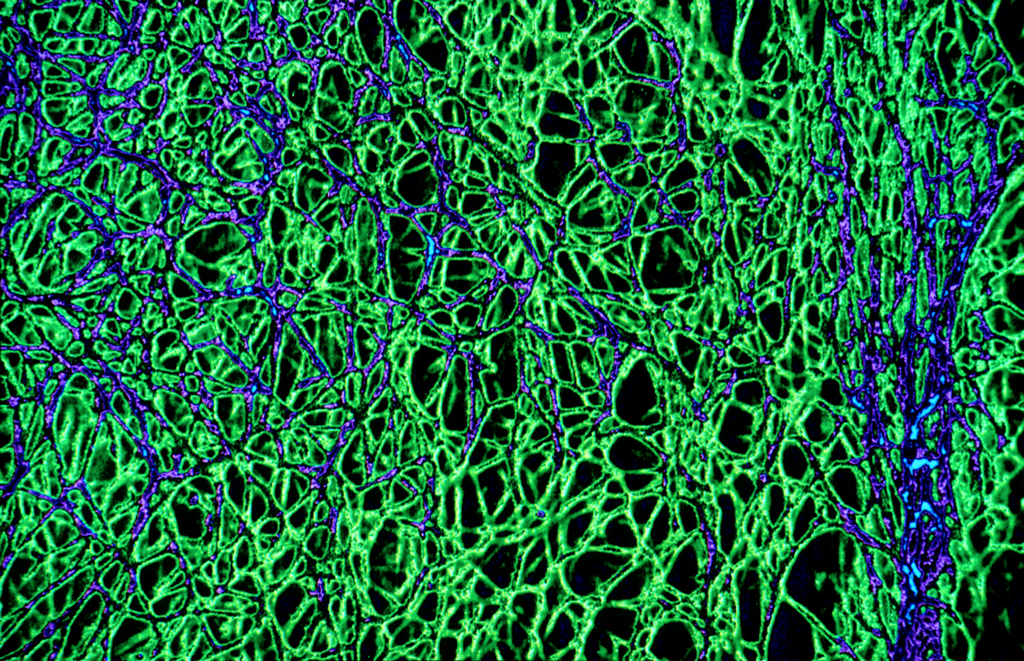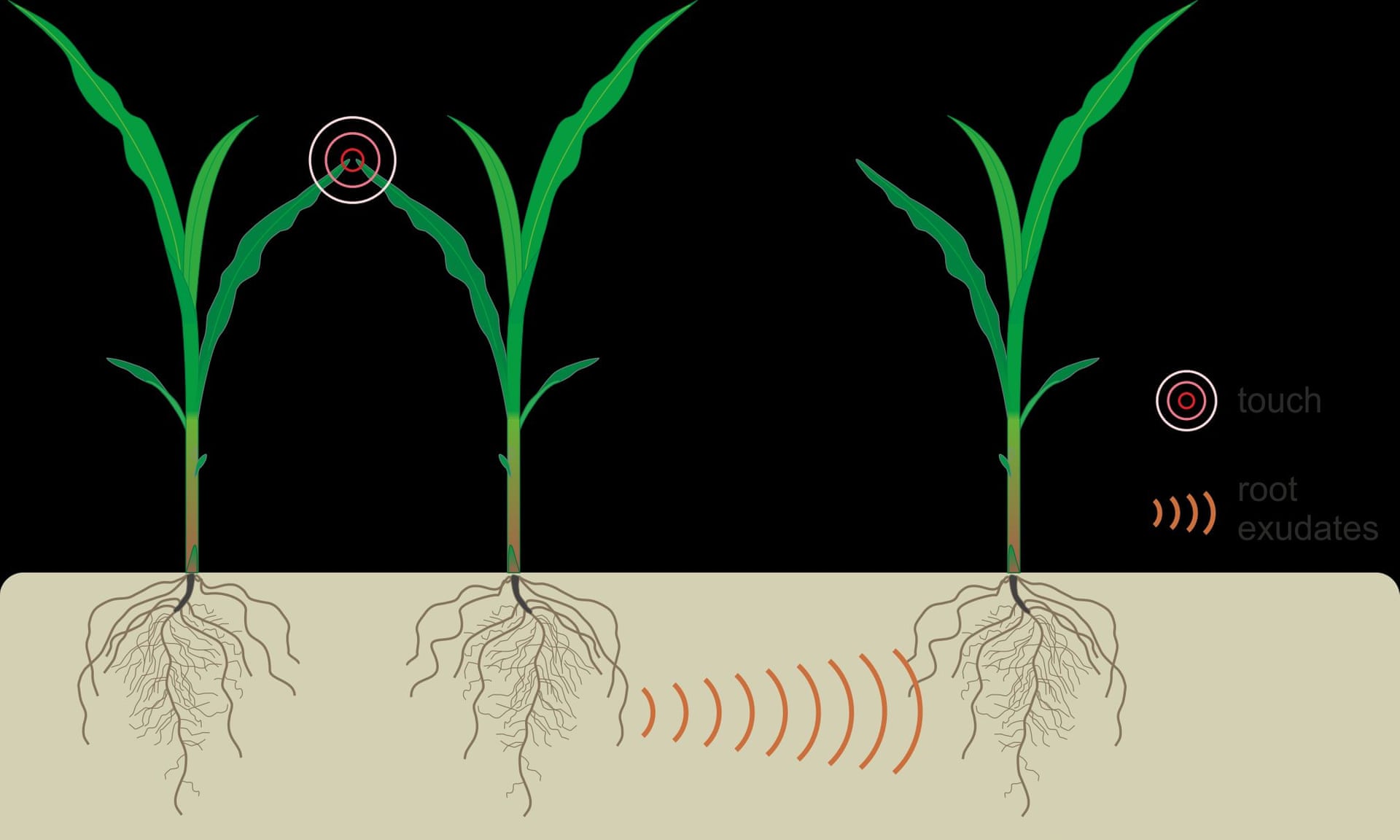On Forest Knowledge and Living, Growing Thoughts
A few months ago another Are.na member, Lukas W, suggested I read a book called The Mushroom at the End of the World by Anna Lowenhaupt Tsing. It was hard to sum up, he said, but it examined the global spread of a single species of fungus through the lens of what the author called "assemblages"— intersecting relationships between human and non-human patterns of life.
At the time, we were walking under an incongruously tall patch of redwoods in suburban Berkeley, California. Back in New York, I started making my way through the book's many sketches of forest life. In Oregon's Cascade mountains, mushroom pickers of the Southeast Asian diaspora recreate ways of village life from back home. Japanese citizen gardeners work to bring back the red pine "peasant forests" of their childhoods. U.S. Forest Service employees struggle to reverse decades of destructive timber management.
Searching for more forest knowledge on Are.na brought up new "assemblages," this time made of articles and bodies of knowledge assembled by people I've never met.
I reencountered Pilgrim at Tinker Creek, Annie Dillard's ode to the patterns of nature in her home canyon in Virginia. I found one of the passages that resonated most with me when I originally read the book, transcribed as a block by Christopher Kissock:
“And what if those grasshoppers had been locusts depending, I thought, and what if I stood awake in a swarm? I cannot ask for more than to be so wholly acted upon, flown at, and lighted on in throngs, probed, knocked, even bitten. A little blood from the wrists and throat is the price I would willingly pay for that pressure of clacking weights on my shoulders, for the scent of deserts, ground fire in my ears—for being so in the cluttering thick of things, rapt and unwrapped in the rising and falling real world.”
What a sign of sheer activity: filling the page, taking up server space, bouncing around many minds at once.
Following another path, I find a channel dedicated to communication between plant neighbors. Or what happens, as the author puts it, "when a tree falls in the forest, and everyone is around to hear it."
Now down into a patch of deep and unexpected thought. A handful of people have connected the work of anthropologist Eduardo Kohn, whose time spent with the Runa people of the Ecuadorian Amazon led him to propose that humans, animals, and trees "think" together through their relationships with one another. In his book, How Forests Think, he writes, "[The rain forest is] an emergent and expanding mutilayered cacophonous web of mutually constitutive, living and growing thoughts."
A few hours of happy trekking later, I end up at a remote vista, thanks to Laurel Schwulst. In a YouTube video with less than 600 views, a user named LieutentantFish looks out over a bushy green canyon, screaming repeatedly. The trees barely rustle in response. I turn back and head down a different path.
<br>
<br>
You can find more ideas on the lives of forests here:
Leo Shaw works on all things communication at Are.na.

